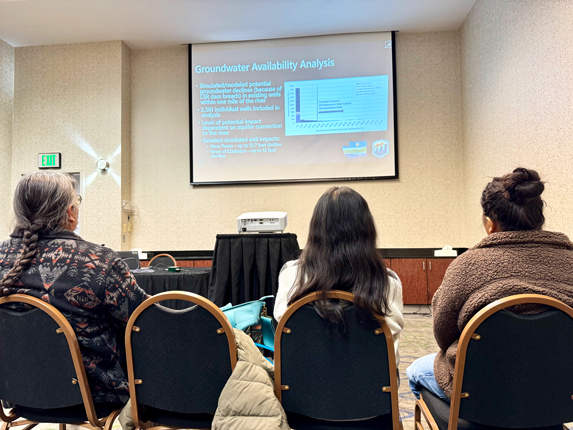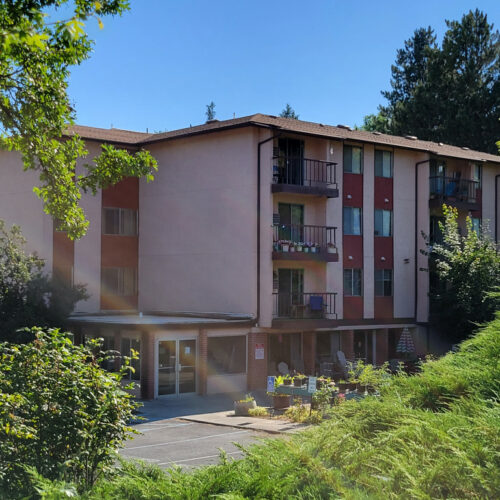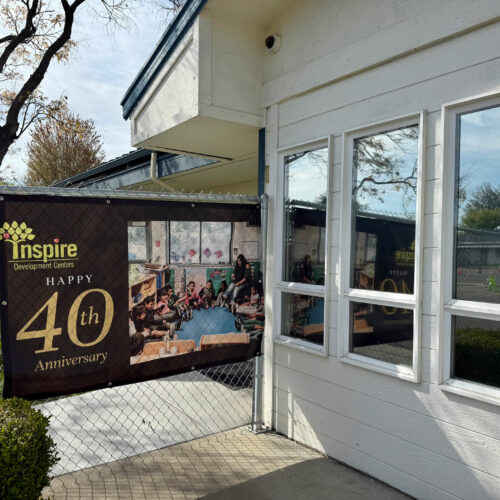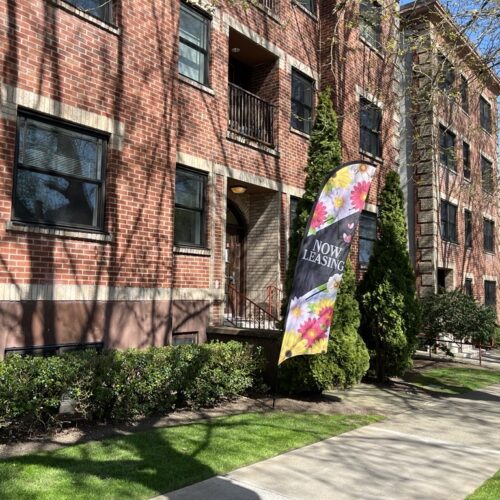
Snake River water, recreation studies look at the river’s future
Listen
(Runtime 1:02)
Read
If the four dams on the Lower Snake River were to be removed, a lot of the services they provide would need to be replaced. That includes things like transportation systems, energy generation, recreation activities and irrigation access.
To figure out if any solutions are possible, the federal government is studying those areas of concern. The studies come as part of the Columbia River Basin Restoration Initiative, and agreement with the federal government, tribal nations and the states of Washington and Oregon to help restore healthy and abundant salmon populations.
Recently, federal and state leaders have asked people to weigh in on how changes to irrigation and recreation could affect them.
The U.S. Bureau of Reclamation and the Washington Department of Ecology teamed up to learn more about replacing the water supply. They presented their findings on Feb. 4 and 5 at open houses in Pasco and Lewiston, Idaho.
The study looked at all water supply issues, including irrigation, municipal, industrial and domestic well uses from just upriver of Lewiston, all the way downstream to the McNary Dam on the Columbia River, which was included in the study because sediment is expected to flow downstream and require dredging if the dams on the Lower Snake River are breached.
“(The dams) were more for navigation and hydropower, but nevertheless, a lot of water use has grown up around them,” said Tom Tebb, the former director of the Office of Columbia River for the Washington Department of Ecology.
The draft study report does not make suggestions on what to do about the dams. Congress would need to authorize removing or altering the dams.
“ It’s providing good technical information for the community, for Congress, for people that really have a vested interest in these dams,” said Roland Springer, deputy regional director with the Bureau of Reclamation.
The study found there would be adequate water supply for all uses if the dams were removed or altered. There had been concerns that water supplies would need to come from other areas, like the Columbia River.
That would be unnecessary, Tebb said.
“ You can replace this water supply, and there is sufficient water in the Snake River system to do so,” Tebb said.
The study also found there would still be enough water as the climate continues to change.
Water levels
If the dams were removed, the water levels on the river would be from 20 feet to 120 feet lower, depending on the location and river flow. The study devised four potential ideas to help with water intake. Cost estimates of the alternatives ranged from $1.7 billion to $3.5 billion.
“Bottom line, the study says that this can be done,” Tebb said. “It is expensive, and it’ll take time. If in fact this ever does happen, (the idea) would be to do these kinds of remedies prior to breaching of the dams.”
The ideas included developing new conversion and conveyance systems, groundwater wells and shallow collection systems, like Ranney wells. Irrigated agriculture that draws water from Ice Harbor Dam, near Pasco, would be the most affected.
“ Those engineering solutions are going to have to be sensitive to cultural aspects because we’re going to de-water an area that has been underwater for a long time, trying to understand where those culturally sensitive areas are relative to that new infrastructure,” Tebb said.
As with any study, these studies have raised questions, like cultural issues, that aren’t in the scope of energy, transportation, water supply or recreation. Those questions could be answered in a potential environmental impact statement, Tebb said.
The study found the direct economic impact of the Lower Snake River dams to be $679.5 million, in terms of agriculture and municipal and industrial revenue from the water supply. Both direct and indirect economic factors of the water supply add up to $961 million each year in the local economy, according to the draft report.
Decades of discussion
At the open house in Pasco, about 40 people mulled around a large conference room. Poster displays explained various aspects of the study, with technical experts available to answer any questions. Around 60 people attended a similar meeting in Lewiston the following night, according to the Bureau of Reclamation.
Margie Van Cleve, who lives in Selah, read many of the displays in the room – she said she’d also ready the study’s draft report.
Van Cleve said she’d like to see the dams removed to help salmon.
“ I’ve been following this issue for over 30 years,” she said. “I think it’s good that we’re finally starting to address an issue that should have been dealt with a long time ago. I just wish we could go faster. But we need to bring everybody along.”
However, local irrigators said they didn’t agree with how the water supply study was conducted or the economic analysis, which they said relies on outdated methods. The Columbia-Snake River Irrigators Association immediately submitted comments on the draft study, said Darryll Olsen, a board representative for the association.
“The report displays key methodological limitations and does not fully incorporate the complexities of the private irrigation sector,” the association wrote in its comments. “As a result, its applicability to decision-making regarding the (Lower Snake River) dam breaching litigation and settlement agreement should be questioned.”
The association also questioned whether the Bureau of Reclamation should be involved in the study, Olsen said. Most land use along the corridor is private and most water rights and irrigation systems are not controlled by the bureau, according to the association’s comments.
For the water supply draft report, the public can comment on the draft study report through March 1. Comments can be submitted online, via email or by mail. The final water supply study is expected to be finished in mid-2025.
Recreation on the river
In a separate study, the Washington State Recreation and Conservation Office and the U.S. Army Corps of Engineers are looking at how removing or altering the dams could affect recreation in the region.
They held an online workshop on Feb. 12 over Zoom. People commented and answered questions about how they recreate along the Lower Snake River, and if they’d like to see recreation change in the future.
The recreation study isn’t as far along as the irrigation study. A survey on recreation uses of the area recently closed, taking in more than 2,100 responses, according to the state office. That was about a 61% completion rate of the people they sent it to, according to ECOnorthwest, which is helping analyze the survey data.
The recreation study was divided into four different zones, roughly corresponding to each reservoir behind the four Lower Snake River dams. The study will look at the Snake River from the mouth of the Clearwater River near Lewison, to the confluence of the Snake and the Columbia River near the Tri-Cities. The study area has about a mile buffer on each side of the river to include activities like camping, hiking and horseback riding.
“ All of the great feedback that we’ve gotten so far has highlighted that there’s a lot of passion and there’s a lot of interest in this corridor. There’s a lot of love around it, and there is going to be a lot of interest in what will the future conditions look like and what’s possible,” said Ben Donatelle, a policy and planning specialist with the Recreation and Conservation Office.
The study isn’t making a policy recommendation or decision on whether the dams should stay in place, he said.
Donatelle added that if the reservoirs are drawn down, that could expose a lot of land that would need cultural resource consultation and environmental studies.
Potential recreation infrastructure changes
Other changes with reservoir drawdowns could include infrastructure needs, like raft launch sites, signage and bathrooms. After the needs are determined, the Army Corps will do an economic analysis and estimate costs for potential future needs.
Preliminary survey results show more than half of the respondents travel three hours or less to recreate along the Lower Snake River, said Alicia Milligan, a project manager with ECOnorthwest.
The survey asked people to fill out a multiple choice questionnaire on how they spend time outdoors throughout the corridor.
Tri-Cities resident Gary Westergard said he enjoys horseback riding in the area. He wondered how those trails might change if the dams were removed and if people would feel safe and comfortable riding along the same trails.
“I’m nervous about it,” he said. “Part of the Columbia Plateau (trail) is established, but lowering (the river level) there would be all kinds of rocks exposed.”
Rich Alldredge, who lives near Lower Granite Dam, said he has taken friends hiking on cattle trails near the river. He said he would enjoy it if lowering river levels opened up more trails parallel to the river, where he could hike and get closer to natural vegetation.
“ That would be just amazing,” he said.
In addition, he said breaching the dams could open up “phenomenal fishing.”
A draft report for the recreation study is expected in November of this year.















